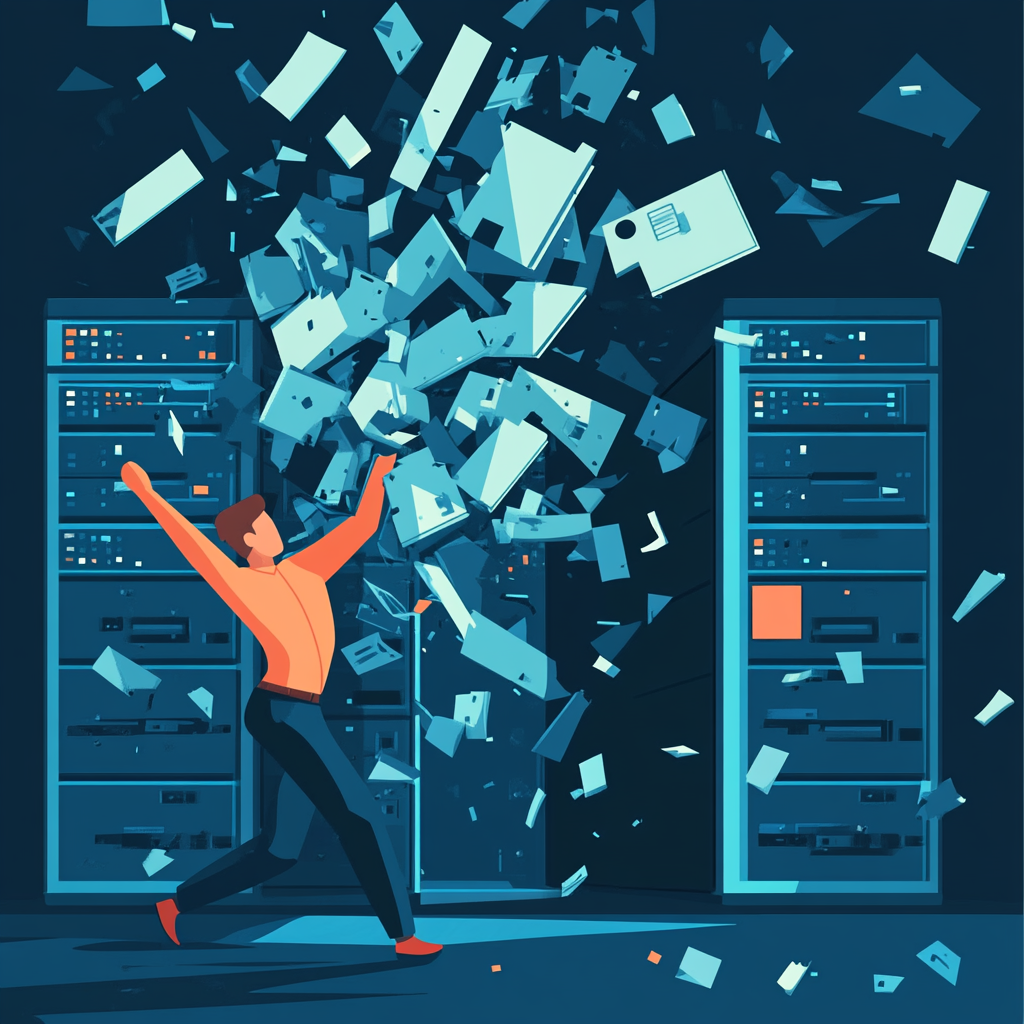Lets drop the act "you can get your team using this automation tool in days and run your first campaign in a week!"
Adopting new technology can sometimes feel like trying to change the tires on a moving car
Come' on - most of the times it takes more then a week to even schedule your kick-off call,
And if you don't have a dedicated Enablement team or dedicated Sales Consulting team (here if you need us :-) make that week, a month
The more prescriptive you need to be with how the sales tools will be used, the more it will take to match your teams needs. to help people and tech to work as one
For those of us in the trenches of outbound sales, integrating new tools into our existing process isn't just a matter of learning new software—it's about changing the way we work, think, and achieve our goals.
So this week I'm diving into three key challenges faced by sales professionals, along with ways Enablement team can bridge the gap to not just adoption but effective sales execution and improved results.
Lets break it down
The Learning Curve
Challenge: Learning new technology often comes with a steep learning curve. This can be daunting and time-consuming, particularly for sales teams under pressure to meet quotas.
Solution: Enablement teams can create tailored training programs that are relevant to the sales team's daily tasks. Interactive sessions, quick-reference guides, and one-on-one coaching can make this learning curve less steep, enabling sales teams to quickly adopt and leverage new tools effectively.
Integration with Existing Processes
Challenge: Sales professionals have established processes and routines. New tools come with new features, settings, and requirements. For a sales team accustomed to a set routine, this learning curve can be intimidating. Also introducing new tools can disrupt these workflows, especially across users who have mastered their process, leading to resistance or misuse of the technology.
Solution: Internal Enablement or external Agency teams play a crucial role here.
Speaking form our own day to day experience, look to simplify and standardize the learning process. Provide concise, hands-on training that focuses on practical application with immediate impact that can improve their current process. Short, targeted sessions that address specific functionalities relevant to the sales process can make a big difference. While a tailored onboarding plan is key to team ramp up, its also important to create a supportive learning environment (use Office Hours, direct Slack channel, buddy system) that encourages questions and exploration, making the new technology seem less daunting.
Above encourages team learning together and elevating each other up to make the most of this new addition to their routines
Demonstrating Value
Challenge: Adoption is one thing, but consistent use is another. Sales teams need to see the clear value and ROI of new technology to integrate it fully into their daily activities. Miss to show it? You'll find yourself with a shelfed product or non standard use of the tool that may get replaced in a year simply because it wasn't properly rolled out across the teams.
Solution: Assist your end-users (including individual contributors, managers, and leadership_ by providing data-driven insights and success stories that highlight the tangible benefits of the new technology. Demonstrating improved efficiency, higher conversion rates, or more significant revenue can motivate sales teams to fully embrace and utilize new tools.
Add the lessons from above on having your power users to show their improvement to the rest of the 'class', and you will have majority of people lean in to keep up with the cool kids.
And now that we changed a tire while already in a moving car; trip has just begun!
To ensure that the transition from adoption to execution leads to better results, we have to continue to work with our revenue teams hand in hand. Focus on:
-
Customized Training and Support: Tailor training sessions to address specific needs and challenges of the sales team, ensuring they can use the new tools effectively in their unique contexts.
-
Seamless Integration: Work closely with sales teams to integrate new technology into other tech stack to take advantage of existing processes/APIs, emphasizing user-friendly interfaces and improvement workflows.
-
Clear Communication of Benefits: Regularly communicate the successes and improvements achieved through the new technology, reinforcing its value through your power users, performance data, and demonstrating how their day in the life will be improved if the tech is applied properly.
Adopting new sales technology is undeniably challenging, but with the right support team and joint internal strategies, it can lead to significant improvements in efficiency, effectiveness, and results.
Want to dive into more best practices and our takes on enabling your team to preform at their peak with sales engagement systems? More from our Blog page cane be found here.














